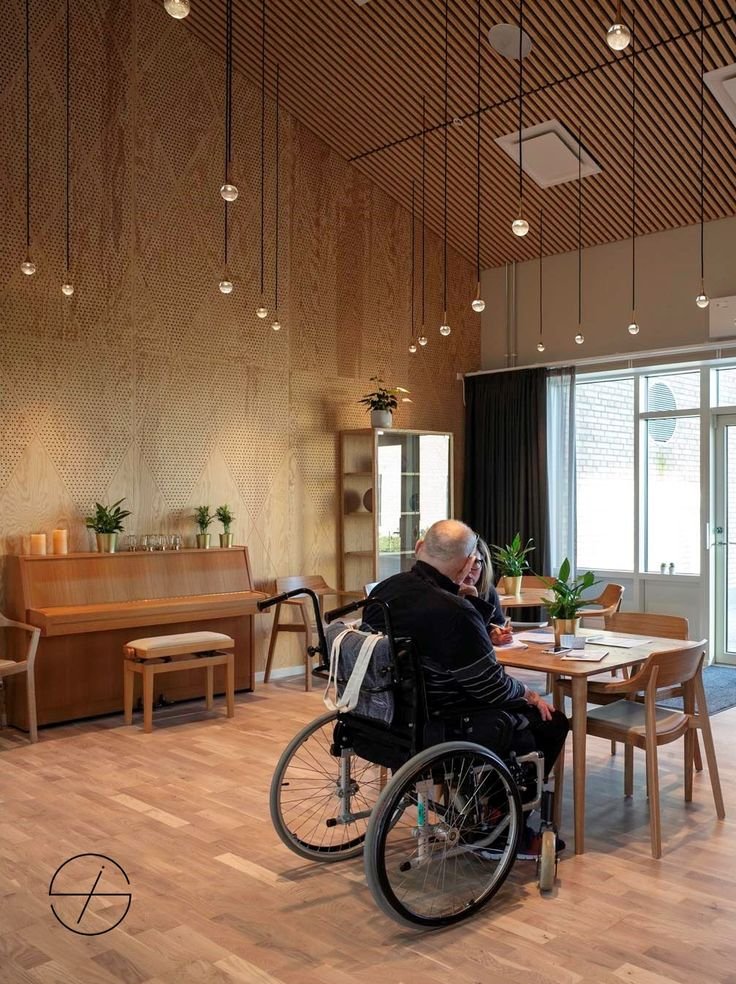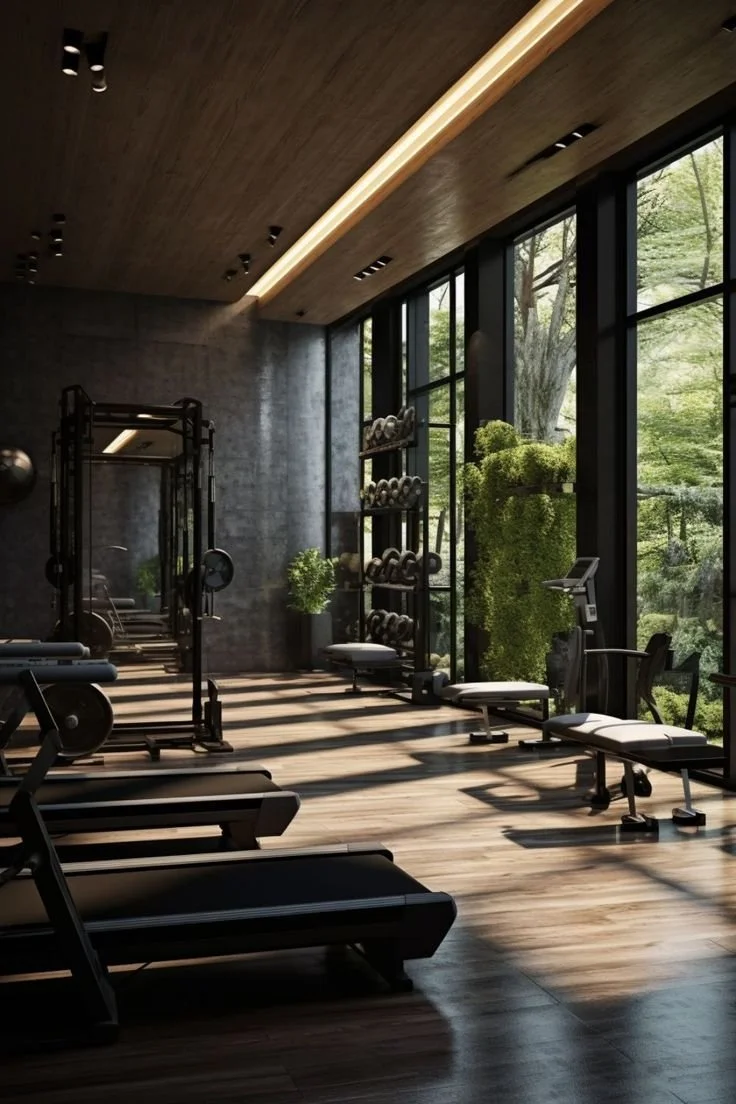Designing your child's bedroom is an exciting opportunity to create a space where they can play, sleep, and dream. However, it’s not as simple as slapping some paint on the walls and calling it a day. Many well-meaning parents make common design mistakes that result in cluttered, impractical, or unsafe spaces.
Are you planning to revamp your little one’s room? Let’s ensure you avoid these pitfalls so you can create a comfortable and functional space. In this article, we explore common mistakes to avoid when designing your child’s bedroom.
No. 1
Forgetting to Think Long-Term
It’s easy to get swept up in the moment and choose designs that feel cute now but might not work as your child grows. Opting for overly babyish themes or furniture can lead to costly replacements in just a few years.
Instead, consider timeless pieces that evolve with your child:
Neutral wall colors that suit any age.
A sturdy bed frame that lasts through multiple stages of childhood.
Adaptable furniture like desks or storage units.
Wouldn’t it be nice not to repaint or refurnish every couple of years?
No. 2
Using Adult Hangers Instead of Kid-Sized Options
It might seem like a small detail, but using adult-sized hangers in your child’s wardrobe can stretch their tiny clothes and create a messy closet.
Switch to kids size wood clothes hanger to:
Keep their clothing in good condition.
Ensure everything fits neatly in their wardrobe.
Encourage organization, as smaller hangers are easier for kids to handle.
No. 3
Ignoring Storage Needs
We’ve all been there—stepping on toys that seem to appear everywhere. One of the biggest mistakes parents make is not planning for enough storage.
Consider these storage solutions:
Under-bed storage for toys or seasonal items.
Built-in shelves to maximize vertical space.
Multi-functional furniture, like beds with built-in drawers.
Open storage bins or cubbies to make tidying up easier for kids.
You’ll thank yourself when their room stays (mostly) neat!
Pottery Barn Kids
Create a world of wonder for your little ones with Pottery Barn Kids! From playful decor to cozy essentials, they provide everything you need to inspire imagination and make every space feel like home. Explore their collection today!
No. 4
Overcomplicating the Design
It’s tempting to go big to make the room feel special, but overcrowding the space with bold wallpaper, excessive furniture, or too many themes can make it feel overwhelming.
Instead, keep it simple:
Choose a few well-chosen decorative items.
Leave some empty space for your child to grow into the room.
Focus on creating a balanced and inviting atmosphere.
Simplicity often leads to a more functional and calming space.
No. 5
Skimping on Quality Furniture
It’s tempting to choose the cheapest options, especially since kids seem to outgrow things quickly. However, investing in high-quality furniture can save you money in the long run.
Look for:
Solid wood dressers or bed frames that can withstand years of use.
Durable and safe designs, like rounded edges and non-toxic finishes.
Your child’s room should be as safe as it is stylish.
No. 6
Overlooking Lighting
Lighting is often an afterthought, but it plays a huge role in how functional and cozy a room feels.
Consider layered lighting options:
Overhead lights for general illumination.
Task lighting for reading or homework.
Accent lights to create a warm and inviting atmosphere.
A nightlight for little ones who aren’t fond of the dark.
The right lighting can make all the difference in creating a comfortable space.
No. 7
Making It All About You
While you’re the one designing the room, don’t forget who it’s really for. Incorporating your child’s personality, preferences, and interests will make the space feel like their own.
Ideas to involve your child:
Let them pick a favorite color for an accent wall.
Choose a fun piece of artwork together.
Add decor that reflects their hobbies or interests.
Giving them some control (within reason) makes the room more meaningful and exciting for them to spend time in.
No. 8
Neglecting Safety
While aesthetics are important, safety should always be a top priority in a child’s room.
Safety tips to keep in mind:
Keep blind cords out of reach.
Secure heavy furniture to the wall to prevent tipping.
Avoid sharp edges or breakable decor items.
Planning for safety upfront can save you worry—and prevent accidents—later on.
Takeaways
Designing a child’s bedroom is a balancing act between fun, function, and practicality. By steering clear of these common mistakes, you can create a space that:
Grows with your child.
Stays organized.
Keeps them safe.
So, what will your first step be? Maybe it’s choosing timeless furniture, rethinking the lighting, or adding kid-sized hangers. Whatever you decide, your child’s dream room is just a few smart decisions away.
Looking For Home Resources?
Looking to enhance your living space and create a sanctuary that supports your well-being? Explore our home partners who offer a wide range of resources to elevate your home environment.






















































































































































































